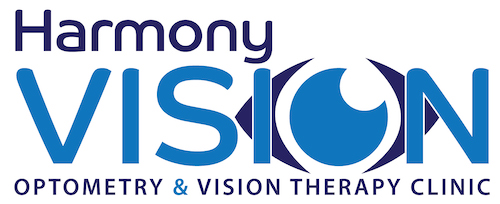Sight Screenings May Miss Vision Problems in Children
We have mixed feelings about the value of sight screenings for children. Why? On the one hand, sight screenings are valuable for detecting eye-turns, lazy eye and large prescription problems, particularly if performed prior to a child starting school. On the other hand, screenings are not suitable for picking up many other vision problems that do not cause poor sight. Additionally, screenings may lead parents to believe that once their child has “passed” a sight screening, no further testing needs to be done in the future.
The Issue
We see many children in our practice who are referred in for a variety of reasons. Some have lazy eyes (amblyopia) and eye turns (strabismus), others have sight problems like short-sight and astigmatism, but by far the majority of the children we consult have problems with seeing that has nothing to do with clear sight.
This is a difficult concept to grasp as we all have strong mental images from family, friends, health professionals and the media that vision correction is all about clear sight. But vision is a very complex process that is part of nearly everything we do, and much of our brain processes involve the use of visual input.
A Listening Analogy
A good auditory analogy to start to understand what “good vision” really means is to consider the difference between hearing and listening. “Hearing” is more associated with the physical ability to detect noise, “listening” is the ability to pay attention to the right parts of the noise in our environment, filter out what is not important, and process what is important. You might be able to “hear” someone speak, but not make sense of what they are saying if you are not paying attention or have other distractions.
A visual example where someone may have good sight but are not “seeing” well, is the infamous line that people say when they have a car accident “I didn’t see them!”. Distracted, talking on the phone, tired, or simply in a rush, the person can see but is not using the visual information well enough to keep them from having an accident.
How This Relates to Learning
There is a group of relatively common, but under-diagnosed vision problems called accommodation-convergence problems. Also known as eye-teaming and focussing problems, or collectively as visual dysfunction. These problems can be associated with a variety of symptoms like headaches, eye strain and tired eyes. Less obvious, but quite common in children, are performance related symptoms like losing place, poor attention, re-reading for comprehension, messy writing and school-work avoidance. It’s even rarer for children to complain of blurry or double vision.
These problems rarely cause issues with distance vision and so children suffering with a visual dysfunction often go untreated. There symptoms are blamed on other things, and a sight test will not pick up their vision problem. During acomprehensive vision exam, careful questioning, additional and extensive testing is also required to both detect and manage these problems. A child who continues undiagnosed may start to harbour a dislike for near work like reading or writing, with an obvious negative impact on their engagement in the learning process.
Children who struggle with reading, learning and attention, seem to be more likely to also have vision problems, andresearch continues to show that the ability for sight screenings to pick up these problems is relatively poor. US states have moved to make full vision examinations mandatory for school children in an effort to be better able to detect vision problems in children.
What Can Be Done for Visual Dysfunction?
Most visual dysfunction can be easily treated with spectacles and/or vision therapy. While visual dysfunction can be treated at any age, it is best done before the child forms a dislike for reading or writing.
It is also important to remember that visual demands change throughout a child’s schooling and so the stresses on vision can change, hence regular checks are recommended.
Useful Links:
